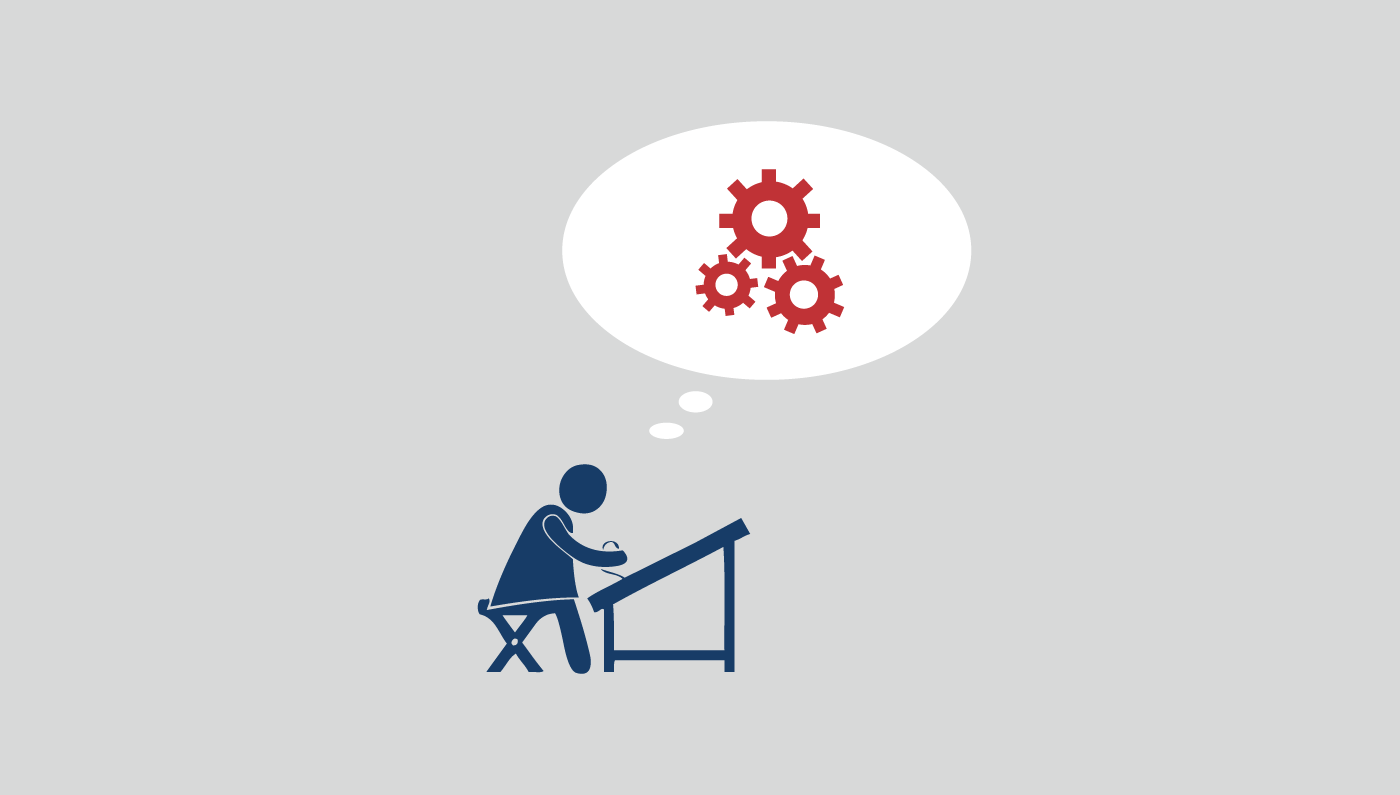Everyone wants to see tangible results as quickly as possible; no one wants to start with the abstract.
It would be a lot more fun to dive right in and start building a house, but any skilled contractor will refuse to start the project before having a clear understanding of the land’s title, the stability of the soil, and a set of clearly drawn plans thoroughly reviewed by an engineer. This part of the building process can be frustrating and feels like it goes painfully slow. But it results in an exponentially safer, more stunning and more usable place to live. Until you understand all the areas where something can go wrong or right, you have a lot at risk.
The parallel in building a brand, website or mobile app is clear: there is an acute need to understand what exactly you intend to do, and how you intend to make sure it accomplishes your goals.
Discovery involves laying out anything and everything that’s already known to eliminate assumptions among team members: who are the competitors, what are the aesthetics everyone likes/dislikes, who is the target customer, what pitfalls have we already discovered?
Research uses what’s learned during discovery as a jumping-off point, but dives deeper into areas that haven’t been explored yet: who do your customers view as your competitors, what aesthetics are working well for competitors, what type of brand positions are still up for grabs in the market, how does your product make the target customer feel, what type of language resonates with them, and what are your competitors’ weaknesses that you can attack.
With both parts of the equation, you come back to the table knowing your project will be a success rather than hoping your project will be a success.
The Design Process (part 1): Discovery and Research

